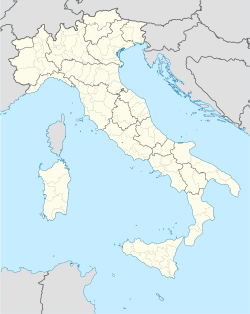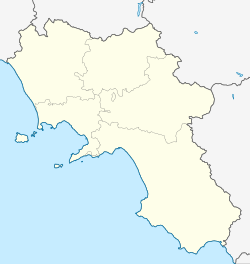Top Qs
Timeline
Chat
Perspective
Ascea
Comune in Campania, Italy From Wikipedia, the free encyclopedia
Remove ads
Ascea is a town and comune in the province of Salerno in the Campania region of southwestern Italy. In the communal territory are the Greek ruins of Velia. It is part of the Cilento traditional area; the maritime touristic part of the municipality is the Marina di Ascea. The town is located on the beach and is popular with European tourists in the summer months.
You can help expand this article with text translated from the corresponding article in Italian. (January 2022) Click [show] for important translation instructions.
|
Remove ads
See also
References
External links
Wikiwand - on
Seamless Wikipedia browsing. On steroids.
Remove ads




